At a recent question-and-answer session before the National Assembly, Minister of Transport Nguyen Van Thang said that since the beginning of 2023, the Ministry of Transport has conducted research to see whether the speed standards of some expressways have met and are suitable for reality.
This shows that routes currently regulated at 80 km/h can be raised to 90 km/h. Larger speed ranges must still comply with standards and regulations.
Therefore, the Ministry of Transport has adjusted the planning and standards of expressways and in the first quarter of 2024 will change the maximum speed of expressways from 80 to 90 km/h.
On November 9, speaking with VietNamNet reporter, Dr. Khuong Kim Tao, former Deputy Chief of Office of National Traffic Safety Committee, strongly supported the plan to increase the maximum speed to 90km/h on some highways.
However, Mr. Tao noted the need to ensure safety for vehicles traveling on the road because in reality, there are highways that only have 2 lanes and no median strip. For example, the Hanoi-Lao Cai highway from Yen Bai to Lao Cai currently does not have a median strip in the middle. Drivers can drive at the maximum speed allowed when looking at the highway signs, while the road without a median strip in the middle has a high risk of crashing into oncoming vehicles.
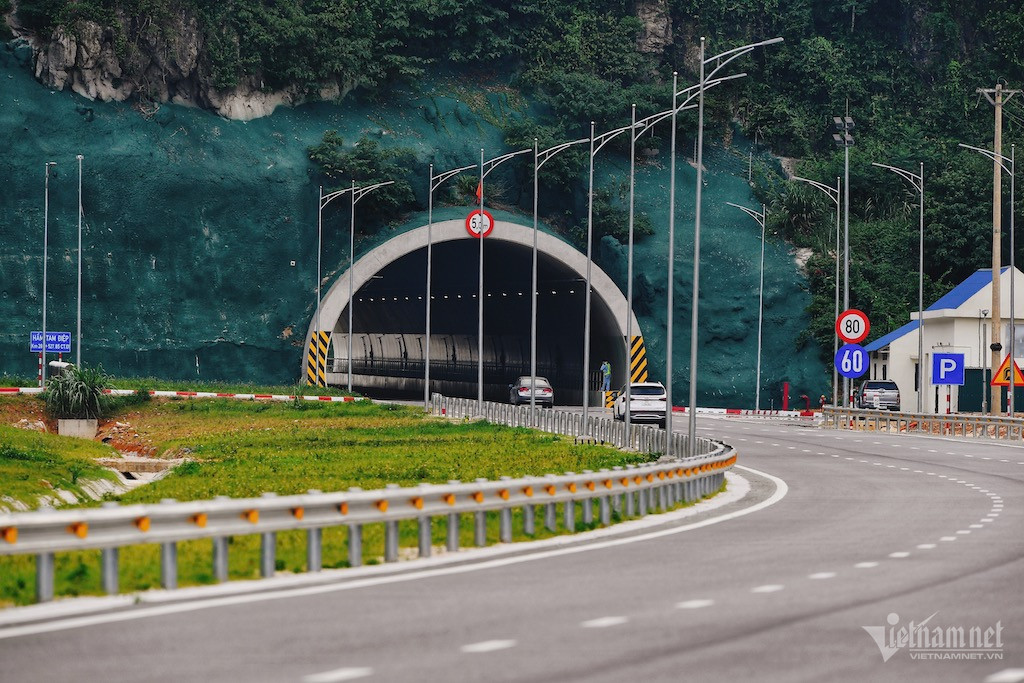
“A highway is a one-way road with a median strip in the middle, with an entrance and exit for cars to run at high speed continuously. Therefore, I think that the routes that are increased to 90km/h must first meet the standards of a highway - with a median strip in the middle, no level crossings, and directions for entry and exit at designated locations…”, Mr. Tao said.
Discussing further on this issue, a representative of the Ministry of Transport said that according to Vietnam's highway design standards TCVN 5729:2012, our country's highways are divided into 4 levels with design speeds from highest to lowest, respectively 120 km/h, 100 km/h, 80 km/h and lowest 60 km/h.
Due to difficulties in balancing investment capital, 9/11 expressway projects are invested in phases, with the first phase operating at a speed of 80km/h.
In the process of putting the Expressway Component Projects into operation, the Ministry of Transport has identified the problem of operating speed. On that basis, the Ministry of Transport has assigned the specialized agency to research and promulgate the Basic Standard TCCS42:2022/TCDBVN "Expressway - Design and traffic organization in the investment and construction phase". In which, the investment phase expressways are allowed to operate at a speed of 90km/h.
Which highways will increase the speed to 90km?
Regarding this content, the Vietnam Expressway Administration added that this unit had previously sent a report to the Ministry of Transport on research and general assessment of the possibility of increasing the operating speed (maximum allowed speed) for the 4-lane expressway with a width of 3.5m from the current 80km/h to 90km/h.
According to the Vietnam Expressway Administration, there are many reasons to increase the speed to 90 km/h because according to the Vietnamese and international standards and regulations, there are two types of speed: design speed and operating speed.
Design speed in Vietnamese and international standards are used to calculate the main geometric technical standards of roads in cases of difficult terrain.
This speed is different from the permitted speed. The permitted speed depends on the actual condition of the road, the function of the route, the terrain, the technical condition of the road and the climate, weather, and traffic conditions to ensure traffic safety during operation.
"Normally, the maximum allowable speed is greater than or equal to the selected design speed. Route management agencies will consider, evaluate and regulate accordingly based on actual conditions, ensuring traffic safety conditions for vehicles during operation," the Vietnam Expressway Administration explained.
Therefore, the Vietnam Expressway Administration proposes: For expressways with 4 lanes for limited traffic that have been put into operation such as Cao Bo - Mai Son, Trung Luong - My Thuan, the speed limit can be increased to 90 km/h for some types of vehicles such as cars, passenger cars with up to 30 seats (except buses).
For the North-South expressways investing in the construction of 4-lane limited-traffic phases, put into operation in 2023 and the following years such as Mai Son - National Highway 45, Vinh Hao - Phan Thiet, National Highway 45 - Nghi Son, Nghi Son - Dien Chau, Nha Trang - Cam Lam, the Department recommends considering raising the maximum speed allowed on the routes to 90 km/h for some types of vehicles.
Source








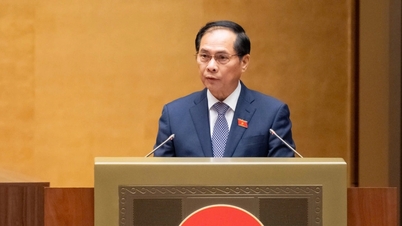

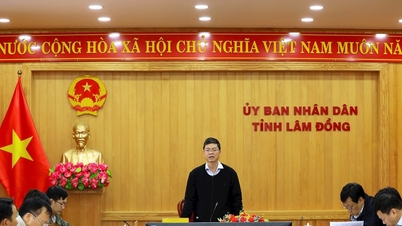

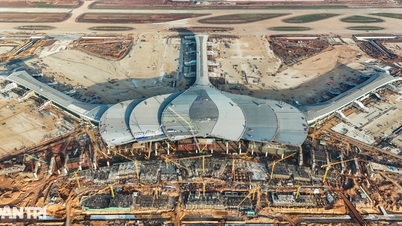
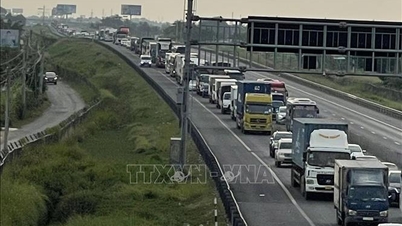

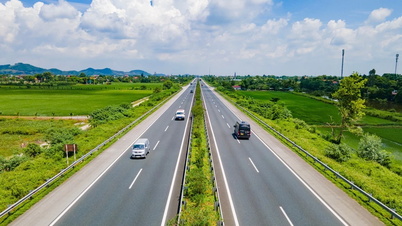

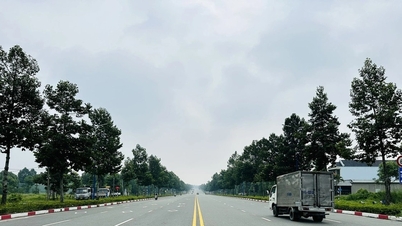





















![[Photo] Parade to celebrate the 50th anniversary of Laos' National Day](/_next/image?url=https%3A%2F%2Fvphoto.vietnam.vn%2Fthumb%2F1200x675%2Fvietnam%2Fresource%2FIMAGE%2F2025%2F12%2F02%2F1764691918289_ndo_br_0-jpg.webp&w=3840&q=75)
![[Photo] Worshiping the Tuyet Son statue - a nearly 400-year-old treasure at Keo Pagoda](/_next/image?url=https%3A%2F%2Fvphoto.vietnam.vn%2Fthumb%2F1200x675%2Fvietnam%2Fresource%2FIMAGE%2F2025%2F12%2F02%2F1764679323086_ndo_br_tempimageomw0hi-4884-jpg.webp&w=3840&q=75)




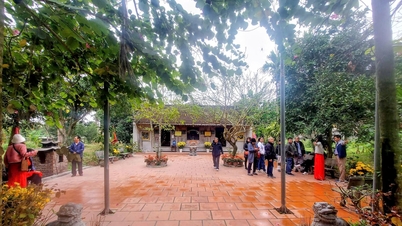













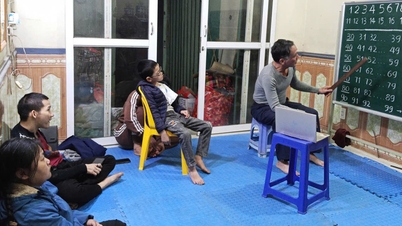

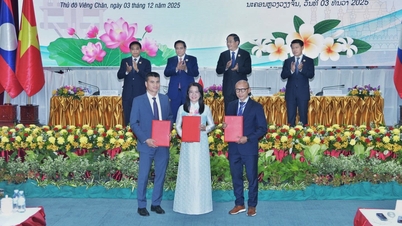



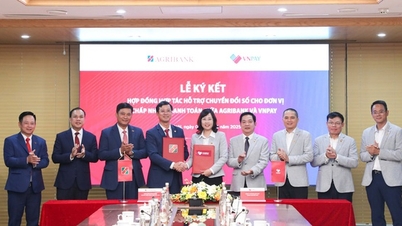





















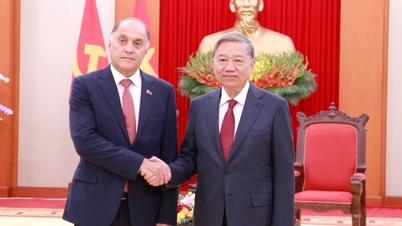


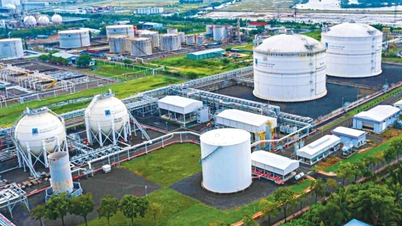

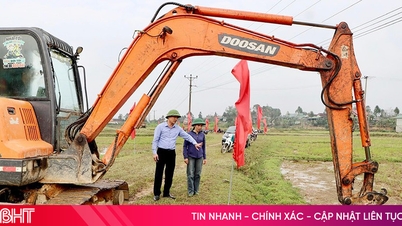


















Comment (0)